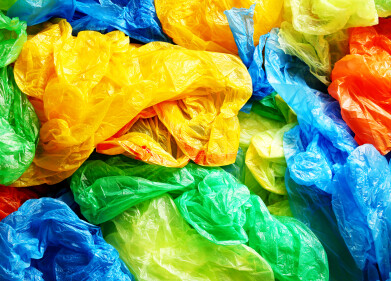-
 Figure 1 - CVAA and ICP-MS vs Milestone’s DMA-80 evo
Figure 1 - CVAA and ICP-MS vs Milestone’s DMA-80 evo -
 Table 1
Table 1 -
 Table 2
Table 2
Environmental laboratory
Reliable Procedure to Measure the Total Mercury Content in fish Tissues
Jun 17 2020
A simple and rapid procedure for measuring total mercury in ï¬sh samples was evaluated and compared to conventional techniques. The Milestone direct mercury analyser, DMA-80 evo, uses combustion-atomic absorption spectroscopy (AAS) and gave statistically equivalent results to both cold vapor atomic adsorption (CVAA) and inductively coupled plasma-mass spectrometry (ICP-MS). The system is faster than traditional methods, requires less sample, produces no waste, and would be ideal for laboratories that analyse a large number of ï¬sh samples.
Several methods exist for the determination of mercury in ï¬sh and biological tissues including cold vapor atomic adsorption (CVAA) and inductively coupled plasma-mass spectrometry (ICP-MS). Both techniques require a preliminary sample pretreatment step of acid digestion. The DMA-80 evo however can measure total mercury in both solid and liquid matrices and as it requires no sample preparation, provides much faster analysis than conventional techniques (Figure 1).
The system integrates combustion of the sample, pre-concentration of mercury with gold amalgamation, and detection using AAS. As the sample is analyzed without liquid reagents, it essentially eliminates reagent waste and reduces the potential for contamination.
See DMA-80 evo please click here.
Instrumentation
The DMA-80 evo features a circular, stainless steel, interchangeable 40 position auto-sampler for virtually limitless throughput and can accommodate both nickel (500 mg) and quartz boats (1500 μL) depending on the requirements of the application. The system has the advantage of running on air so no cylinder or house gases are required however regular grade oxygen can also be used.
Since the process does not require the conversion of mercury to mercuric ions, both solid and liquid matrices can be analyzed without the need for acid digestion or other sample preparation.
Methods and results
The method was developed using a wide range of ï¬sh tissues in order to reflect a dynamic range of mercury concentrations. To prove the accuracy of the method, the results were compared with standard reference materials and found to be fully in agreement with their
Learn how to Go direct for any sample and every sample.
Conclusions
In this study of the measurement of mercury in ï¬sh samples, the results show to be accurate and reproducible even among a wide dynamic range mercury concentrations (Table 2). The process does not require the conversion of mercury to mercury ions and both solid and liquid matrices can be analysed without the need for acid digestion or other sample preparation.
Besides reducing dramatically the working time in comparison to conventional techniques, the DMA-80 evo allows a total acid-free mercury determination thereby reducing the cost of analysis and also eliminating hazardous waste generated. Typical conventional sample preparation problems such as risk of contamination, memory effect and cleaning have now been eliminated for these types of samples.
Comparison to traditional CVAA and ICP-MS showed statistically equivalent results however the combustion-AAS method of the DMA-80 evo provides faster results with less sample and excellent mercury recovery. All these features make it particularly useful to Regional or State laboratories that analyse substantial numbers of ï¬sh samples for mercury.
Download the complete study here.
Digital Edition
AET 28.4 Oct/Nov 2024
November 2024
Gas Detection - Go from lagging to leading: why investment in gas detection makes sense Air Monitoring - Swirl and vortex meters will aid green hydrogen production - Beyond the Stack: Emi...
View all digital editions
Events
Jan 12 2025 Abu Dhabi, UAE
Jan 14 2025 Abu Dhabi, UAE
Jan 20 2025 San Diego, CA, USA
Carrefour des Gestions Locales de L'eau
Jan 22 2025 Rennes, France
Safety, Health & Wellbeing LIVE
Jan 22 2025 Manchester, UK


















